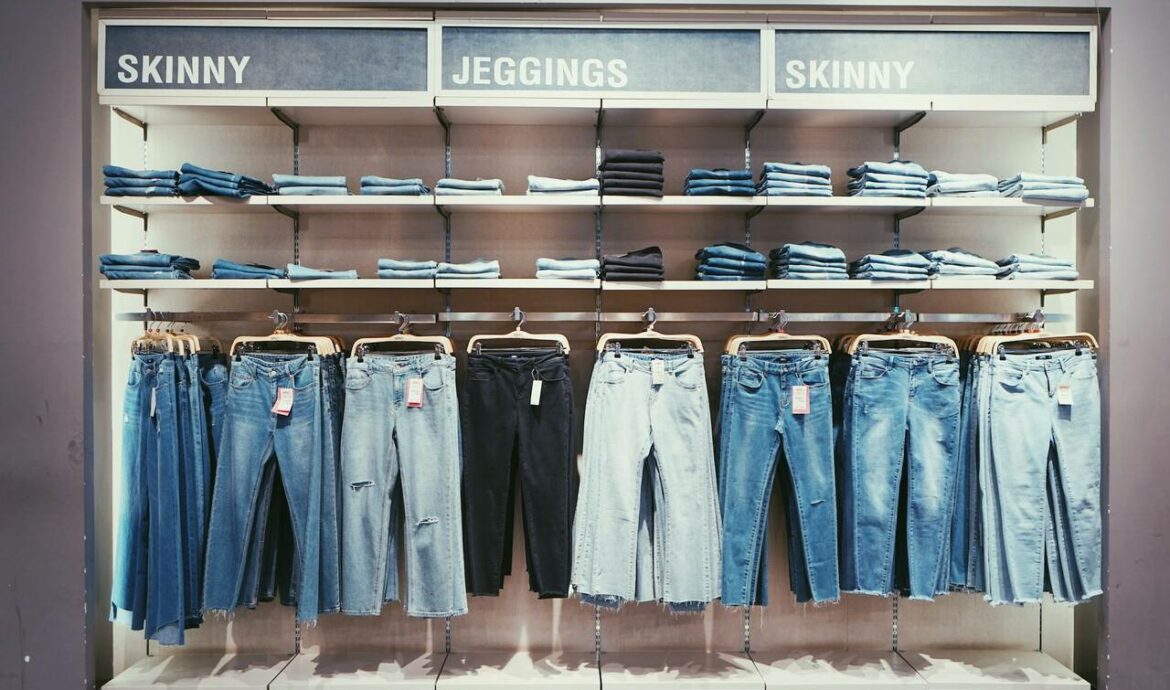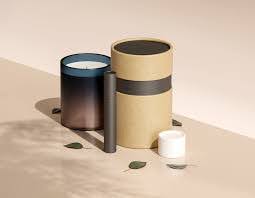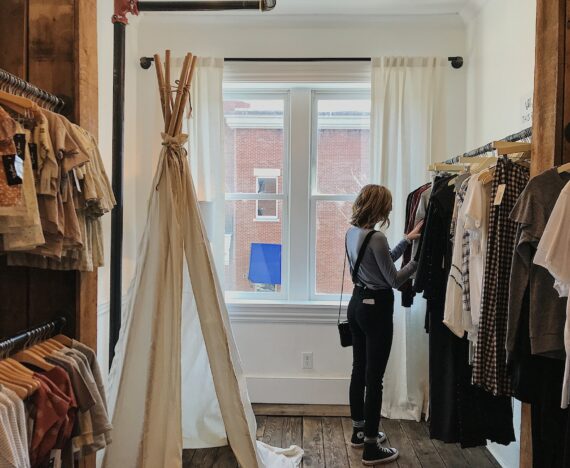Fashion is an art form that allows individuals to express their personality, creativity, and unique sense of style. In the ever-evolving world of fashion, staying up-to-date with the latest trends and finding your personal style can be both exciting and challenging. One such aspect of fashion that plays a significant role in enhancing your overall look is the choice of colors and tones in your outfits. In this article, we will delve into the world of “Tones Fashion” and explore how you can incorporate different tones to create stunning and fashionable ensembles. From understanding the basics of color theory to mastering the art of coordination, this article will guide you towards achieving a fashion-forward and confident style statement.
Understanding Color Theory Of Tones Fashion
Color theory is the foundation of exploring Tones Fashion in fashion. It involves understanding the color wheel, which consists of primary, secondary, and tertiary colors. Each color possesses its own unique tone, which can create different visual effects and evoke specific emotions. By understanding the color wheel and its relationships, you can effectively combine tones to curate visually appealing outfits that complement your complexion and highlight your best features.
The Psychology of Colors
Colors have the power to influence our mood, behavior, and perception. Different tones evoke varied emotions and associations. For example, warm tones such as red and orange convey energy and passion, while cool tones like blue and green evoke calmness and tranquility. By understanding the psychology behind colors, you can harness their potential to communicate your desired message through your fashion choices.
Discovering Your Personal Tone Palette In Tones Fashion
Identifying Your Undertone
Understanding your undertone is crucial when it comes to choosing tones that flatter your complexion. Undertones can be categorized as warm, cool, or neutral. Warm undertones have yellow or golden hues, cool undertones have pink or blue hues, and neutral undertones have a balanced mix of warm and cool tones. Determining your undertone will guide you in selecting the most suitable color tones for your outfits, whether it’s clothing, accessories, or makeup.
Experimenting with Colors
Once you’ve identified your undertone, it’s time to experiment with different color tones. Start by exploring the tones that complement your undertone and gradually venture into bolder choices. Mix and match various tones to create unique and personalized looks that align with your style preferences. Remember, fashion is about self-expression, and experimenting with different tones allows you to showcase your individuality.
Mastering Tonal Coordination In Tones Fashion
1 Monochromatic Magic
A monochromatic color scheme involves utilizing different shades and tints of a single color. This technique creates a harmonious and sophisticated look. Experiment with monochromatic outfits by pairing different tones within the same color family. For example, combine various shades of blue for a chic and put-together ensemble.
2 Complementary Contrasts
Complementary colors are those that lie opposite each other on the color wheel. When used together, they create a visually striking contrast. Incorporate complementary tones into your outfits by pairing colors like blue and orange, or purple and yellow. This technique adds a bold and dynamic element to your overall look.
3 Analogous Allure
Analogous colors are located adjacent to each other on the color wheel and share similar undertones. This combination creates a harmonious and balanced appearance. Experiment with analogous tones by selecting colors that are next to each other, such as green and yellow or blue and purple. Analogous coordination adds a subtle touch of sophistication to your outfit.
Conclusion
Fashion is not merely about following trends but also about embracing your unique style and personality. Tones fashion offers a gateway to express yourself creatively and confidently through the artful combination of color tones. By understanding color theory, discovering your personal tone palette, and mastering tonal coordination techniques, you can unlock a world of endless possibilities to curate fashionable and visually captivating outfits. So, embrace the power of tones, experiment fearlessly, and let your fashion choices speak volumes about your individuality.
FAQs
Q: How can I determine my undertone In Tones Fashion?
Determining your undertone can be done through a simple analysis of the veins on your wrist. If your veins appear more blue, you likely have cool undertones. If they appear green, you have warm undertones. Neutral undertones have a mix of both blue and green.
Q: Can I mix different tones in the same outfit?
Absolutely! Mixing different tones in the same outfit adds depth and visual interest. Just ensure that the tones complement each other and create a cohesive look.
Q: Are there any specific tones that suit all skin tones?
While there are no hard and fast rules, earth tones such as beige, brown, and olive tend to flatter a wide range of skin tones. These tones provide a versatile and neutral base for building your outfits.
Q: Can I incorporate tones in my accessories?
Definitely! Accessories play a significant role in elevating your outfit. Experiment with colored bags, scarves, shoes, or jewelry to add pops of tones that complement your overall look.
Q: Are there any tones that are considered universally flattering?
Soft pastel tones, such as blush pink or baby blue, are often considered universally flattering as they have a gentle and subtle effect on the overall appearance. However, personal preference and experimentation should ultimately guide your fashion choices.






